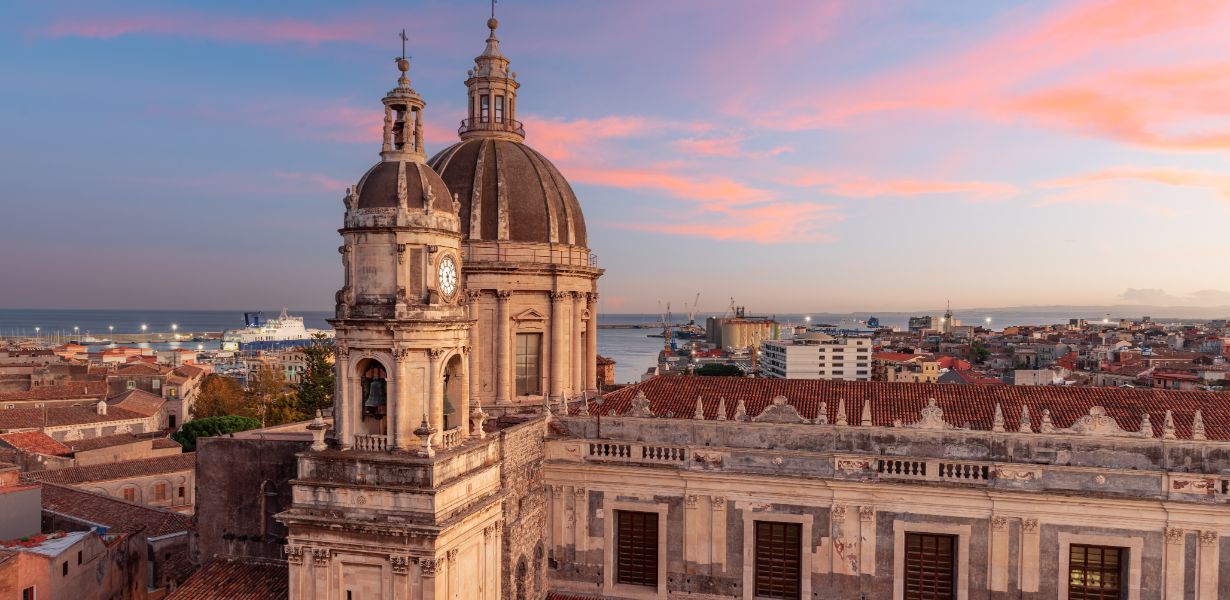
Nestled in the heart of history-rich Europe, Italy’s Renaissance period shines as a beacon of artistic and cultural revival. As we delve into the mesmerizing world of the Italian Renaissance, we uncover a tapestry woven with artistic brilliance, architectural marvels, and intellectual leaps that continue to captivate us to this day. Embark on a journey through time as we delve into the captivating story of the Italian Renaissance. Italy’s vibrant cities became cradles of artistic, intellectual, and cultural renaissance, leaving an indelible mark on the world’s heritage.
Defining the Italian Renaissance
The Italian Renaissance, spanning roughly from the 14th to 17th centuries, was a period of profound transformation. It marked a shift from medieval ideals to human-centered values, rekindling the flame of classical antiquity. This period celebrated the synthesis of art, science, philosophy, and literature.
The Birth of Humanism and Intellectual Flourishing
At the heart of the Renaissance lay humanism, an intellectual movement that championed human potential and individualism. Scholars embraced classical texts, reviving ancient Greek and Roman philosophies, which led to a blossoming of creativity and exploration of diverse disciplines.
Artistic Masters: Icons of the Renaissance
The likes of Leonardo da Vinci, Michelangelo, and Raphael created masterpieces that transcended time. Leonardo’s “Mona Lisa” and Michelangelo’s “David” are immortal testaments to the era’s artistic prowess, with meticulous attention to detail and a depth of emotional expression.
Architectural Wonders: Cities as Canvases
Italian cities flourished as open-air museums, with architecture reflecting newfound humanism. Florence’s magnificent Duomo and the iconic Florence Cathedral emerged as symbols of innovation and ambition, showcasing intricate design and engineering prowess.
Science and Discovery: Galileo’s Legacy
The Renaissance’s impact extended beyond art and literature. Galileo Galilei’s revolutionary observations with the telescope shattered existing astronomical beliefs, paving the way for a scientific revolution that challenged orthodox views.
Literature and Language: Dante’s Divine Influence
Dante Alighieri’s “Divine Comedy” symbolized the era’s blend of creativity and intellectual depth. Written in vernacular Italian, it contributed to the modern Italian language’s development and solidified the importance of native tongues in literature.
Patrons of the Renaissance: Medici Dynasty
The Medici family, notably Lorenzo de’ Medici, played a pivotal role as patrons of the arts. Their generous support enabled artists, scholars, and thinkers to flourish, resulting in a rich tapestry of creativity that continues to inspire.
Spread of Renaissance Ideas: Printing Press and Beyond
Johannes Gutenberg’s invention of the printing press expedited the dissemination of ideas. Books, treatises, and artworks reached wider audiences, fueling a surge in literacy and sparking intellectual conversations across borders.
Legacy and Influence: Renaissance’s Enduring Impact
The Italian Renaissance’s legacy is omnipresent. Its ideals of humanism, innovation, and artistic excellence laid the groundwork for the modern world’s cultural and scientific achievements, resonating in fields as diverse as art, politics, and philosophy.
Final Words
In the heart of Italy, the Renaissance ignited an explosion of creativity, reshaping the course of history. From artistic luminaries to scientific pioneers, this era ushered in a wave of transformation that continues to inspire and captivate humanity.
Commonly Asked Questions
Q1: What sparked the Italian Renaissance?
A: The Italian Renaissance was ignited by a revival of classical learning, humanism, and a renewed focus on individual potential.
Q2: Who were the prominent artistic figures of the Renaissance?
A: Leonardo da Vinci, Michelangelo, and Raphael are among the iconic artists who left an indelible mark on the era.
Q3: How did the Medici family contribute to the Renaissance?
A: The Medici family’s patronage of the arts and sciences nurtured a flourishing creative environment.
Q4: What role did literature play in the Renaissance?
A: Literature, exemplified by Dante’s “Divine Comedy,” showcased the era’s fusion of creative expression and intellectual depth.
Q5: How did the Renaissance impact modern society?
A: The Renaissance’s values of humanism and innovation laid the foundation for modern cultural, scientific, and societal advancements.





